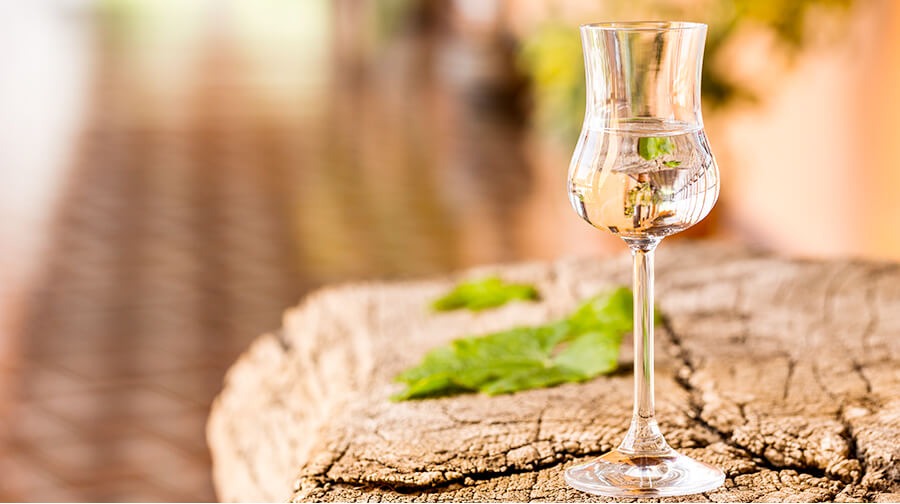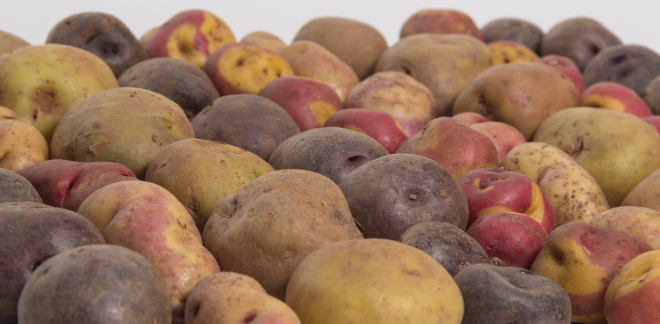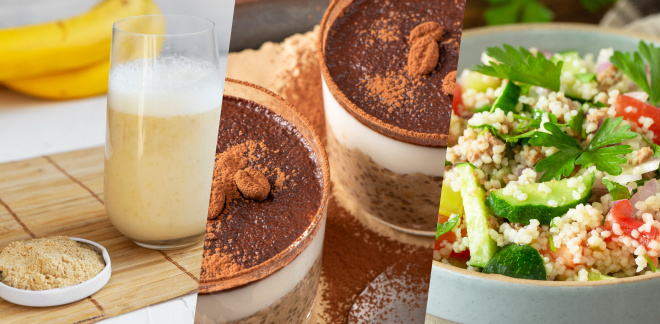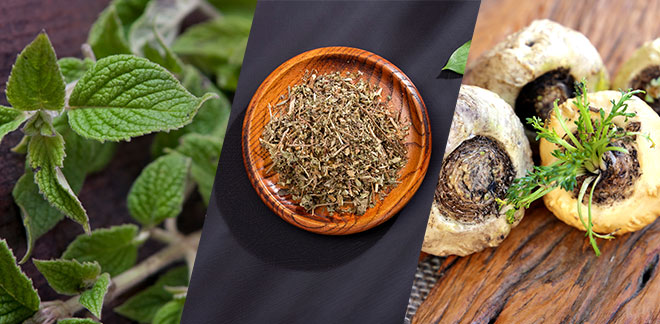Fascinating and captivating; this is the history of pisco
Síguenos en:Google News
Have you ever wondered how the story of pisco began, where it was first produced or why it was given this name? At Marca Perú we’re going to clear up these and other questions surrounding the origin of this distilled grape liquor, National Cultural Heritage since 1988.
First of all, it is important to specify when and how grapes and wine appeared in Peru, and to do this we must go back hundreds of years. To 1528, in fact, the date of the first reference to wine. This happened when Francisco Pizarro, who – after dropping anchor off Tumbes – received a visit from a “gentleman with a truly aristocratic demeanor” to whom the conquistador gave wine, “a beverage which he seemed to like”.
The first descriptions of grapes in Peru
Following the arrival of wine in Peru, we find ourselves in 1547, the year in which the Spanish chronicler Pedro Cieza de León arrived in the country as part of the peacemaker Pedro de La Gasca’s forces to put an end to the Pizarro revolt against the King. On his journey, he witnessed the existence of grapevines on the outskirts of Quito and in Piura, which he mentioned:
“At the present time there are large vineyards in many of these valleys, from where many grapes are picked. Wine has not been made up to now, and so it is not possible to say what it will be like. It may be assumed that, as it is on irrigated land, it will be light in body”.
Garcilaso de la Vega, for his part, the great chronicler of Peruvian history, also wrote, thanks to news that he heard, about the arrival of grapes in Peru towards the end of the 16th century, and their first harvests.
“With Noah’s plant [vine] they are honoring Francisco Caravantes, an old conquistador, one of the first in Peru, who hails from Toledo, and is a nobleman. This gentleman, after calmly assessing and looking at the land, had a plant sent from Spain, and the man who came brought tight clusters of grapes from the Canary Islands so that they would be fresher, and that is where almost all the red grapes came from. The wine is light, not completely red and although many other plants have now been brought, including Muscatel, even with all this there is still no white wine”.
An aguardiente (firewater) named pisco
Before the start of pisco production, wine was produced on our coast, which, according to reviews of the time, was of good quality.
“In one thing, however, Peru has a great advantage, and that is wine, because a lot of good wine can be produced in Peru, and there is an increasing amount of work in vineyards which are found in hot valleys, irrigated by canals”, noted Father Joseph de Acosta in his book, “The Natural and Moral History of the Indies”, while living in Mexico, before his arrival in Spain. The priest lived in Peru from April 28, 1572, until May or June 1586.
One of the reasons for this good quality, according to Costa, is the presence of a mountain range close to the coast with peaks reaching over 16,400 feet, together with the Humboldt Current, an ocean current that flows from the south. These factors create special conditions in which the vast desert is crossed by a series of young rivers that practically plummet down from the heights to flow into the Pacific almost without irrigating the shores.
But how did this liquor start being produced? The oldest mention we have is the testament left by Pedro Manuel “The Greek”, dated April 31, 1613, in which the man from Ica listed the following among his acquisitions: “thirty burney jars full of aguardiente, equivalent to one hundred and sixty brandy ‘botijuelas’ (big bottles), plus a barrel full of aguardiente, equivalent to thirty ‘botijuelas’ of said aguardiente”. He also describes the equipment he had to produce it: Plus a large copper cauldron to extract brandy, with its lid. This document is part of the research carried out by the national historian Lorenzo Huertas, and is considered one of the oldest pieces of information found in Peru about pisco.
Another reference from the same era was made by Pedro León Portocarrero, who was in Peru between 1609 and 1616 and made notes in which he mentioned the grapes and the wine and the quality of the latter. One of these comments was: "they make a lot of brandy in Peru and its very good." These and other notes were discovered and initially published by the Argentinean historian Boleslao Lewin, and more recently by the Ricardo Palma University.
Why "Pisco"?
The name of the Peruvian distillate comes from the place where the grapes were originally grown, in “Pisco”. This word has an undeniably Peruvian origin, and there are many reports from the time to prove this.
One of these is that Pisco, as a town and port, was recorded on the first map of the South American coast, which was created by Diego Méndez in 1574. The town was named by Inca Pachacutec who, upon arriving in the region, found a large number of birds living there and called it “Pisco”, which means “bird” in Quechua. So the name of this region comes from 1450, when the Incas conquered the coast.
In order to understand the relationship between this grape distillate and Ica, it is necessary to mention Father Bernabé Cobo who, in Historia del Nuevo Mundo (“History of the New World”), speaks of his experience of living in Pisco around 1625, and how the settlers of the time used to make the most of the grapevines: "all the uses of this plant, specifically of the fruit, the very good raisins that are made from the mollar grape, syrup, brandy, vinegar and especially a great imitation of wine".
It is also important to note that in his book Cronología de la producción del vino y del pisco (“Chronology of Wine and Pisco Production”), Doctor Lorenzo Huertas tells of an important fact: in a public deed dated December 11, 1633, Alonso García de Zepeda from Ica appears as the owner of the Quillohay vineyard, as well as a “wooden wine press and a large pan to make aguardiente.”
To further emphasize this point, there are two travelers who, during their visits to Peru, to the port of Pisco to be precise, left a record of having tasted and enjoyed the quality of the country’s distillate. The first of these was William B. Stevenson who, in 1814, stated that “the aguardiente generally called pisco, named after the place where it is made, has a good flavor and is colorless".
For his part the British clergyman Hugh Salvin, visited the country at the time of the Battle of Ayacucho, and in his writings he mentions the wine-based aguardiente by name. In his travel journal he notes that he visited the port of Pisco on April 24, 1825, and that “this area is known for the production of a strong liquor which is named after the city”. All these facts are reliable proof that it was in Ica where Pisco was first produced.
It should be stressed that "pisco" was not a generic name for aguardiente during colonial times. Aguardientes were known by the valley in which they were produced, and there were aguardientes from Majes, from Vítor or from Pisco. With the latter being produced in the aforementioned valleys and exported through Pisco. The generalization of the term, the eight grape varieties, and their strict production characteristics came much later.
Pisco and its marketing
An important contribution in this regard was made by Enrique Witt, a German businessman who arrived in Peru in 1824. In the journal which he wrote about his travels around the country, he noted that when he was in the valley of Quilca (Arequipa), he and his companions drank “wine, pisco and chicha, a fermented drink made from corn”.
To further corroborate this information, Witt, upon arriving in Chincha Baja, noted that “Pisco is the port of Ica, and from here they export all the country’s brandy or aguardiente that is produced and distilled there. That is where the name pisco comes from, the word by which brandy is known throughout Peru”. In addition, he described the prices of pisco, as well as its preparation and transportation. “There is quite considerable marketing of the brandy known as Pisco by the people of Ica. They supply this distillate to all the departments in the north of Peru, while the brandy or aguardiente produced in the Majes, Vítor, and Moquegua valleys, among others, is drunk in the south and exported to Bolivia.
Carl Johan Skogman, for his part, the Swedish sailor, who visited Peru aboard the frigate “Eugenie”, sent by her government to sail around the world between 1851 and 1853, commented on his passage through the port of Pisco: “an aguardiente is produced there on a large scale, it is very well received all along the western coast and is simply known as pisco.”
The Swiss scientist Jacob Von Tshudi, who traveled through Peru between 1838 and 1842, recounted his impressions of Pisco in the book which resulted from his research. He indicated that this port “is only a kind of key to the great city of Ica,” and explained that it had gained its importance through the export of aguardientes produced there.
Pisco today
Peru has a number of companies which produce pisco, some of which use the latest technology, have modern equipment and have hired high-level specialists in the different fields of production and marketing. This has not only made it possible to regain its previous level, but to surpass it. With respect to education, mention should be made of the creation of institutions such as the first School of Oenological Engineering, and the Wine and Pisco Institute, which has the most modern tasting room in the country, as well as other specialized schools.
Currently, our flagship drink reaches 33 markets in the Americas, Asia and Europe. The United States is the largest with a 46.2 % share, followed by Spain with 15 %.
Did you know?
- The Pisco denomination of origin is recognized in 70 countries and has earned innumerable prizes in the most important liquor and spirit contests in the world.
- At the start of 2019, Peru’s Ministry of Foreign Trade and Tourism (Mincetur), launched the industry brand "Pisco, Spirit of Peru", the slogan that will accompany our flagship drink in its conquest of world markets.
- In recent years, Pisco exports have shown sustained growth. In 2009 shipments abroad totaled US$ 1.3 million and in 2018 accumulated US$ 5.7 million, growing 320% in this period.
Bibliography:
- Acosta, Joseph de. Historia natural y moral de las Indias. Madrid, Biblioteca de Autores Españoles. 1954 (1590).
- Allende. Isabel. Mi país inventado. Barcelona, Ediciónes Debolsillo. 2015.
- Ashbury, Herbert. Barbary Coast: An informal history of the San Francisco Underworld. (1933). New
- Boletín de la Guerra del Pacífico. 1879 – 1881. Editorial Andrés Bello. Boletín Año 1, N° 41. Santiago de Chile, December 18, 1880. p. 877.
- Busto, José Antonio del. Historia marítima del Perú. Siglo XVI. Historia Externa, Tomo III, Vol. 2. P.104. Lima, Instituto de Estudios Histórico-Marítimos del Perú. 1977.
- Cieza de León, Pedro. Crónica del Perú. Primera parte. Lima Fondo Editorial de la Pontificia Universidad Católica del Perú. 2nd ed. 1986.
- Cobo, Bernabé. Historia del nuevo mundo. Madrid, Biblioteca del Nuevo Mundo, 1964.
- Dargent Chamot, Eduardo. Vino y Pisco en la historia del Perú. Lima, Universidad de San Martín de Porres. 2013,
- Gutiérrez, Gonzalo, Boletín N° 4 Academia Peruana del Pisco. Lima, 2017. .
- Huertas, Lorenzo. Cronología de la producción del vino y del pisco. Lima: Universidad Ricardo Palma. 2011.
- Huertas, Lorenzo, Testamento de Pedro Manuel y el inicio del pisco en el Perú. Lima: Universidad Ricardo Palma, 2013. p.83.
- León Portocarrero, Pedro de. Descripción del virreinato del Perú. Lima: Universidad Ricardo Palma, 2009.
- Libros del Cabildo de Lima. Libro Cuarto (1548-1553) Lima Imp. Sanmarti y Cia. S.A. Torres Aguirre, 1935.
- Miller, John. General Miller in the Service of the Republic of Peru. London, printed for Longman, Ornem Brown and Green, by Thomas Davidson, Whitefriars. 1828.
- Mistral, Gabriela. Pensando a Chile: una tentativa contra lo imposible. Publicaciones del Bicentenario, Jan. 1, 2004, p.360.
- Romero Pintado, Fernando. Historia Marítima del Perú. Tomo VIII, Volumen I. La República 1850 – 1870. Lima, Instituto de Estudios Históricos Marítimos del Perú. 1984.
- Sáenz de Santa María, Carmelo. Cieza de León: Su persona y su obra. Madrid, Consejo Superior de Investigaciones Científicas. Instituto Fernández de Oviedo. 1985
- Salvin, Hugh. Diario del Perú. En Relación de Viajeros. Tomo XXVII, Vol. 4. Lima. Colección Documental de la Independencia del Perú. 1973.
- Stevenson, William Benet. Memorias. In Colección Documental de la Independencia del Perú. Lima, Comisión Nacional del Sesquicentenario de la Independencia del Perú, 1972.
- Tschudi, Jacob von. “Perú. Reiseskizzen aus den jahren 1838 – 1842”, translated and published in Spanish by the Universidad Católica del Perú under the name “El Perú. Esbozos de viajes realizados entre 1838 y 1842”, Lima, 2005.
- Vargas Ugarte, Ruben. Historia General del Perú. Tomo VI. Lima, Editorial Milla Batres 1971.
- Vega, Garcilaso Inca de la. Comentarios Reales de los Incas. Buenos Aires, Emece Editores S.A. 1943. Tomo II, p. 268. Facsimile edition.
- Witt, Heinrich. Diario 1824 – 1890. Vol. I. Lima, Banco Mercantil del Perú, 1992. Entry of October 3, 1824.








